I have a custom view that's not getting layoutSubview messages during animation.
I have a view that fills the screen. It has a custom subview at the bottom of the screen that correctly resizes in Interface Builder if I change the height of the nav bar. layoutSubviews is called when the view is created, but never again. My subviews are correctly laid out. If I toggle the in-call status bar off, the subview's layoutSubviews is not called at all, even though the main view does animate its resize.
Under what circumstances is layoutSubviews actually called?
I have autoresizesSubviews set to NO for my custom view. And in Interface Builder I have the top and bottom struts and the vertical arrow set.
Another part of the puzzle is that the window must be made key:
[window makeKeyAndVisible];
of else the subviews are not automatically resized.
